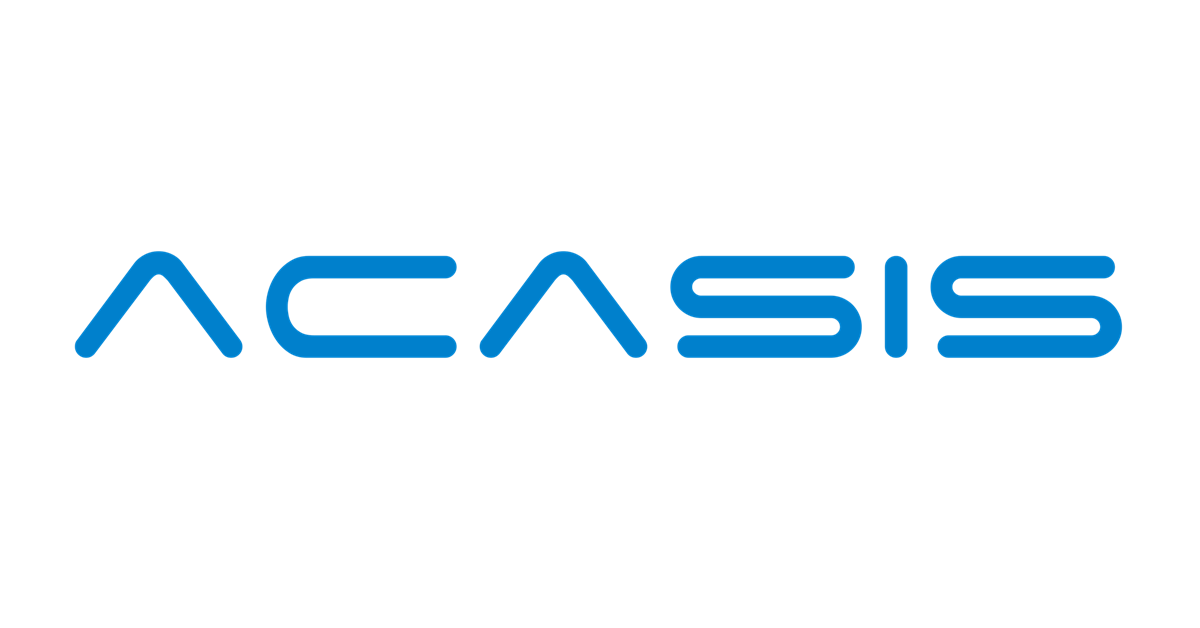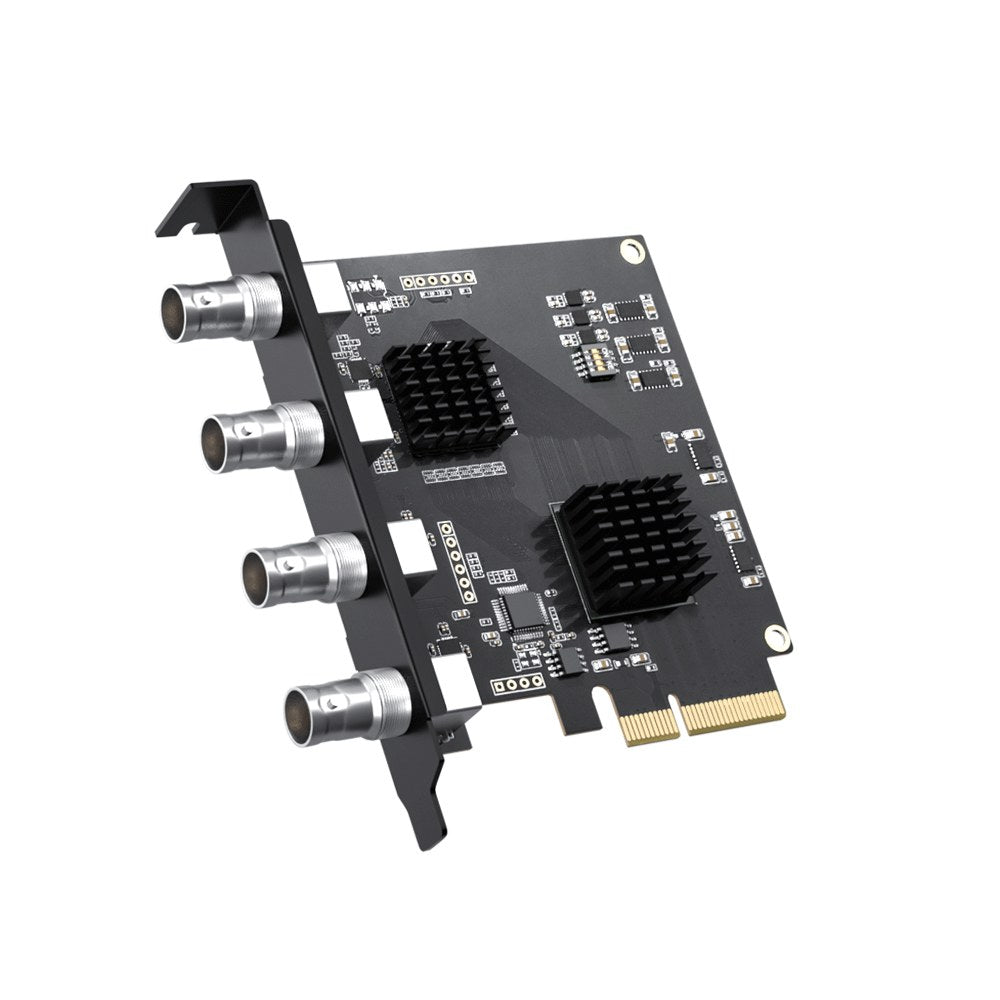That is helpful to know.
Can you recommend some specs for a new computer. Perhaps two options?
The problem is that the true answer to your question is... it depends.
I'm looking for a new workstation laptop... I want it to be able to run multiple virtual computers (so plenty of RAM) and do 4K video editing using DaVinci Resolve... and I expect a 5+yr life all of which that has implications on specs
You mentioned a GPU for encode offload. I don't know what that means.
For real-time video work, GPU offload is sort of basic. I recommend doing a little research
basically the idea is to take computationally intensive work, and 'offload' from the CPU to a dedicated chip specific to that task.. in this case video encoding and decoding. This is why small battery mobile phones can do video..
GPU offload helps prevent (but does not guarantee, as LOTS of other factors involved) CPU overload
Though not absolutely required, to be on safe side, I'd recommend getting computer with an nVidia GPU with NVENC.
https://obsproject.com/forum/thread...recording-gameplay-locally.150468/post-550211
Nvenc is a dedicated circuit on the GPU that runs independently. It doesn't need computing resources from the regular GPU, except if you activate look-ahead or psycho-visual tuning, where it needs a tiny bit of regular GPU resources. It's "free" to use, if it comes to resource utilization. This is the crucial advantage of nvenc in comparison to AMD VCE (AMD GPUs) and Quicksync (Intel iGPU).
There are differences in the Nvenc performance and quality. "Performance" means the maximum amount of fps that can be encoded for a given resolution. For example, some oldest Nvenc circuits aren't powerful enough to encode 4k with 60 fps, but all the newer ones are.
Each Nvidia chip generation comes with its own improved Nvenc.
Nvenc on the Pascal chip is about the same quality as x264 veryfast
Nvenc on the Turing chip is about the same quality as x264 medium to slow
Nvenc on the Ampere chip is about the same quality as x264 slow
GTX 10xx is using the Pascal chip.
GTX 1650 is using the Turing GPU cores but the Pascal Nvenc.
GTX 1650 SUPER is using the Turing chip.
GTX 1660 and GTX 1660 SUPER are both using the Turing chip.
RTX 2xxx is using the Turing chip
RTX 3xxx is using the Ampere chip
The Ti variants use the same chip as the SUPER variants, or the non Ti variants, if there is no SUPER variant.
The only confusion is with the GTX 1650 and GTX 1650 SUPER, because the original GTX 1650 (non SUPER) uses the Turing GPU cores but the Pascal Nvenc.
tl;dr
Use Nvenc, if it is available. There is no need for using x264, if you have Nvenc. If you have a Turing Nvenc, you probably don't have a very powerful CPU as well, so using x264 better than veryfast will consume so much CPU resources that the app you're capturing will suffer, so there is no improvement over nvenc if seen as a whole.
Personally, my 4yr old i7-10700K computer uses the GTX 1660 Super and is fine (a bit overkill) for 1080p multi camera work (but not tested with more than 2) and then they are network, not USB connected
Do any of these ex-lease refurbished desktop PCs look like they will be capable of handling the workload of a multiple 4 x WebCam setup?
The problem is, that question, though answerable, would probably lead you to imply more into the answer than is meant.
that is, there is the basics of getting all 4 cameras working and basic scene switching etc. and that has one set of hardware requirements
then, as your experience progresses, what is common is to start wanting to improve, like
- noise reduction
- color correction or chromakeying ('green screen'
- or any number of other filters and effects
and that isn't even accounting for what you may be running in the background ... if you don't know, then you need a larger buffer of spare resources)
ALL of which requires more resources.
And how long to you want this computer to last. Personally as much as I find Windows 11 to be a typical piss-poor every-other Desktop OS release by Microsoft, I'd NOT recommend getting a computer that can't run Windows 11 now (even if I started with Win10 for next year, when Win10 OS security updates are scheduled to end)... which excludes many of those refurbished systems (not all)
Even Operating System updates over time have changed resource requirements.
I'd avoid any of the old miniPCs. and ouch, those prices are really high for outdated computers ... hope that is exchange rate related...
I'd go for a tower, to avoid thermal throttling (CPU,. GPU, etc getting hot and slowing themselves down to prevent overheating/damage)
IF you can get one with a GTX 1650 Super (Turing) or newer NVENC, then you should be okay for 1080p work, If you want to be able to handle future 4K work, then I'd be looking at RTX
Looking at this another way
- Windows 11 release Oct 2021
- My i7-10700k (10th gen) was released in April 2020, I'd have to research more before considering anything older (and even then, probably wouldn't)
- based on US pricing, I would not get something older than Intel 10th Gen (too small a price premium to justify getting older). I personally am ok with comparable AMD CPUs, but for OBS Studio usage, I'd stick with nVidia GPUs
- 8GB RAM is too tight unless you are fairly obsessive about real-time monitoring of hardware resource utilization (CPU, RAM, Disk I/O, GPU,etc). I'd start at 16GB RAM which is okay for normal workloads, and you might want more if you find yourself getting even close to using all 16GB
- make sure Operating System is on SSD, not HDD, with plenty of spare space. I archive my Recordings onto a larger SATA HDD
- As I value long-term value, I've avoided the lower-end i3 & i5 Intel CPUs (and AMD equivalents) for a very long time. I've not had a reason to change that thinking, in terms of my own uses and general computing (I prefer to spend a little more now, and get and extra year or two of life out of a system... for others who read this... I'm not a gamer and gaming usage scenarios don't play into my thinking/analysis). HOWEVER, real-time video work changes that as the technology is changing rapidly.

